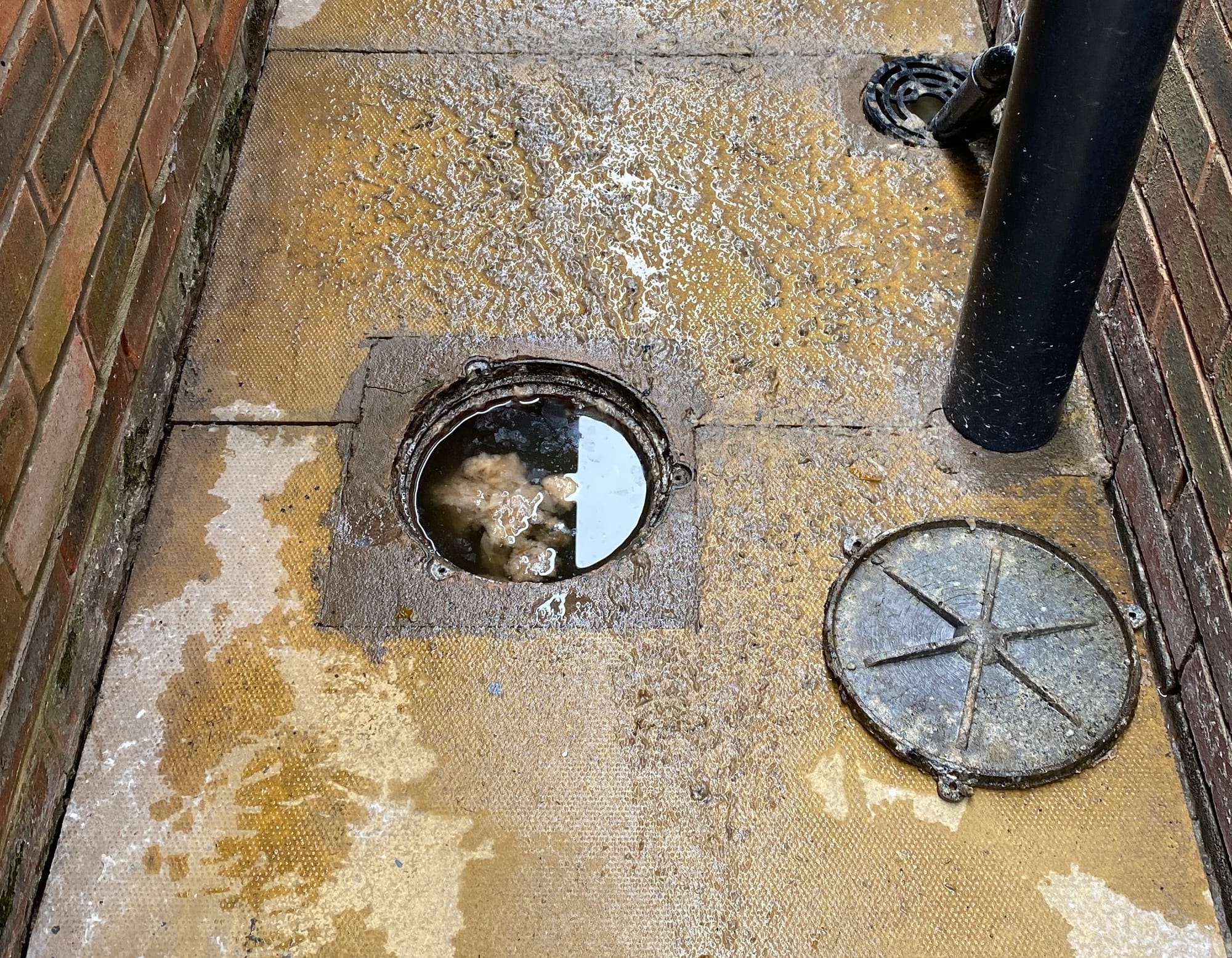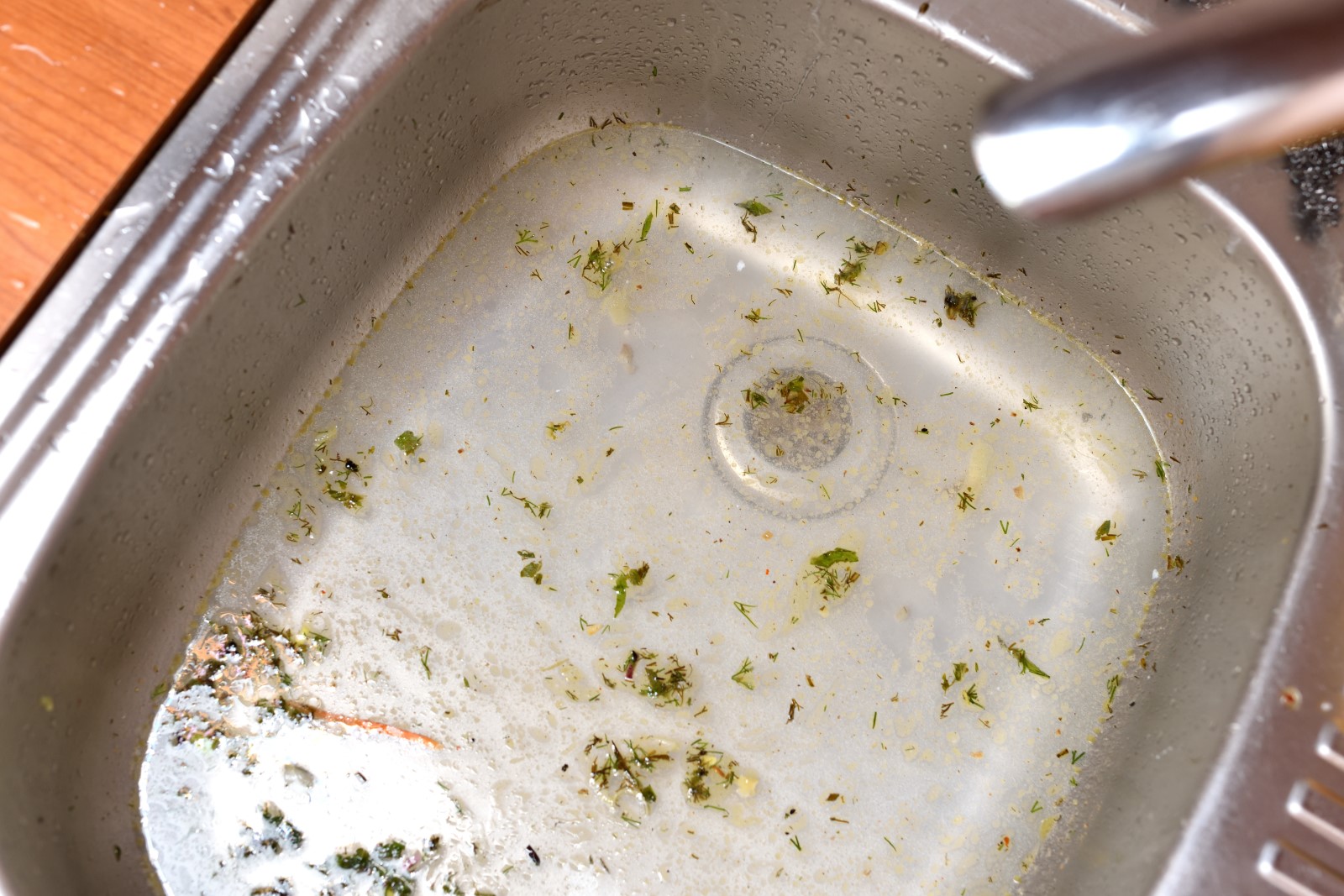Methods for Fixing a Blocked Drain Prior to Consulting Expert Plumbers
Methods for Fixing a Blocked Drain Prior to Consulting Expert Plumbers
Blog Article
Are you in search of insight concerning What I learned from trying to deal with a clogged drain?

Introduction
Managing a blocked drain can be an aggravating experience, disrupting everyday tasks and potentially causing damage to your building. However, before connecting to plumbing professionals, there are actions you can take to resolve the concern yourself. In this overview, we'll explore DIY remedies and preventive measures to deal with a blocked drain properly.
Identifying the Issue
The initial step in resolving a blocked drainpipe is acknowledging the indicators. Sluggish drain, gurgling audios, foul odors rising from drains, or water support up prevail indications of an obstructed drainpipe. Identifying these indicators early can help protect against better complications.
Selecting the Right Plumbing Solution
When picking a plumbing service, consider aspects such as experience, licensing, and consumer reviews. Pick a trustworthy plumbing with a performance history of top quality craftsmanship and clear rates methods.
Expense Considerations
The cost of expert drain cleaning services can vary depending upon the intensity of the clog and the plumbing professional's prices. Demand quotes from multiple suppliers and inquire about any kind of surcharges to ensure openness and avoid shocks.
Safety and security Measures
When attempting DIY drain cleaning, prioritize security. Put on safety handwear covers and eyewear to avoid contact with damaging chemicals or microorganisms. Never blend different drainpipe cleansing items, as this can create unsafe fumes.
Case Studies
Real-life instances show the performance of do it yourself solutions and the value of prompt professional intervention in resolving drainpipe blockages.
Usual Sources Of Obstructed Drains
Recognizing the variables that contribute to drain obstructions is necessary for effective resolution. Common wrongdoers include hair, soap residue, oil, food particles, and international items like hygienic items or paper towels. Tree origins attacking underground pipes can likewise trigger substantial clogs.
DIY Solutions
For minor blockages, numerous DIY remedies can be efficient. Pouring boiling thin down the drain can aid dissolve oil and particles. Baking soda and vinegar or a blend of salt and cooking soda can serve as all-natural cleansers. Utilizing a plunger or pipes serpent to dislodge blockages is one more alternative.
Tools and Devices
Having the right devices handy can make DIY drain cleansing much more reliable. A bettor is a functional tool for clearing blockages in sinks, bathrooms, and showers. A plumbing serpent or auger can reach much deeper obstructions, while drain cleaning chemicals can be utilized meticulously for stubborn obstructions.
Safety nets
To avoid future clogs, taking on safety nets is important. Install drainpipe guards or strainers to capture hair and debris prior to they go into the pipes. Frequently flush drains with warm water to liquify grease buildup, and prevent dealing with oil or solid waste down the tubes.
When to Call a Specialist
While DIY options can deal with minor obstructions, certain indications indicate the requirement for expert assistance. Persistent blockages, foul odors in spite of cleaning up initiatives, or numerous drains pipes backing up at the same time are warnings that warrant experienced intervention.
Final thought
By following the pointers laid out in this guide, you can efficiently tackle blocked drains and avoid future plumbing issues. Whether going with do it yourself services or looking for professional aid, timely activity is crucial to keeping a healthy plumbing system and maintaining the integrity of your home.
How to Clear a Clogged Drain Yourself (And When to Call In the Professionals)
What Can Clog a Drain
Dirt Skin flakes Hair Grease Soap scum Food Offset pipes Tree roots Small objects Mineral buildup DIY Tricks to Unclog a Drain
You can fix this! Once you have identified the source of the clog (or have a vague idea), you can try one or a combination of these fixes in order to clear your plumbing.
Wire Hanger or Snake
Untangle and clear out hair from a drainpipe with a homemade snake. Use a straightened-out wire hanger with a 90-degree angle hook to locate the clog and drag out any unwanted material.
Remember not to push the clog further down to where the wire hanger cannot reach! If you need to follow up with a plunger, give it a try. Your efforts might be more successful after it’s been wire-snaked.
If you want to get fancy and don’t have a wire hanger to spare, head to the store and pick up a hand-operated drain snake. You can get one for $10-$30. It may save you the hassle, and provide additional length to reach deep into the clogged pipe.
Plunger
A cup plunger has a suction cup attached to a wooden handle. The rubber creates a seal around the drain, and increases the pressure force of the plunger.
Plunge for 30-second increments to loosen the clog. This may need to be repeated over the course of 15-20 minutes. Once plunged, run the water to flush the remaining material out of the drain.
Remember– never use a plunger if you have used a chemical drain cleaner. These chemicals can splash up from the force of the plunger and cause serious injury or burns.
Boiling Water
Hot water can sometimes break up materials into a flushable amount. Dirt, grease, and soap buildup requires heat in order to unstick from surfaces.
Take your kitchen kettle and heat your water to a boil. Once it reaches a rolling boil, pour it directly down the drain into the blockage. Carefully follow with plunging, if necessary.
Don’t worry if this takes more than one try! It can often take multiple kettles and repeated plunging in order to clear a particularly stubborn clog.
Chemical Drain Cleaner
As a last resort, pick up a bottle of chemical drain cleaner. Drain-cleaning chemicals are potent, and not very good for the environment.
You may need to wear protective eyewear in gloves before handling your bottle of chemical drain cleaner. Follow the instructions printed on the bottle, and flush with water as soon as the instructions allow. Do not follow with plunging.
Baking Soda and Vinegar
As a safer alternative to chemical drain cleaner, baking soda and vinegar can create a chemical reaction that clears tough clogs.
Combine one cup of cleaning vinegar with one cup of boiling water, and set aside. Once you have done this, pour half a cup of baking soda down the drain. Give the baking thirty seconds to settle and cover a large portion of the problem drain.
Following the baking soda, pour down your vinegar and hot water solution. Once the vinegar and baking soda combine, the mixture will bubble and fix. Let this reaction fizzle in the drain for about an hour.
After an hour, follow with a kettle’s worth of hot water. The heat and liquid should flush out any remaining material.
When to Call a Plumber
If your DIY attempts haven’t cleared your clog drain, it’s time to call in a professional. It’s not worth losing access to your kitchen sink or high-traffic bathroom. A clog in a vital area can keep you from the things you’d rather be doing, and derail your routine.
Anytime a clog is causing water to spread is a time to call in a plumbing service. What starts out as a little bit of water can quickly grow into serious, expensive water damage.
Additionally, a serious clog can result in burst pipes or serious leaks. Make sure you know when to take it seriously!
https://myguysnow.com/how-to-clear-a-clogged-drain-yourself-and-when-to-call-in-the-professionals/

Do you like reading up on ? Try to leave a remark further down. We would be pleased to hear your responses about this article. We are looking forward that you come back again in the near future. If you please take the time to distribute this blog post if you liked it. Thank you for your time. Come back soon.
Website Report this page